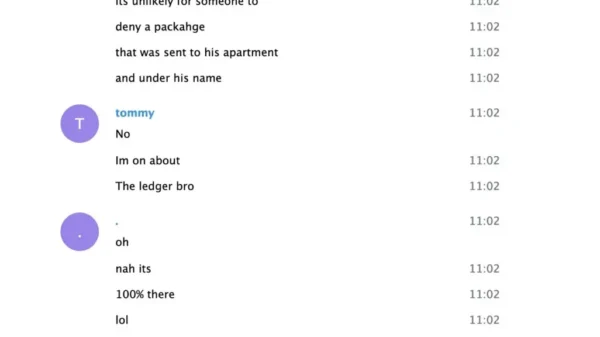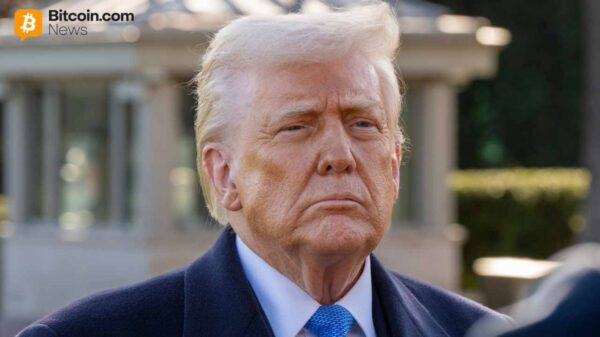In a surprising development that could alter the framework of artificial intelligence governance, the Trump administration has decided to pause an executive order intended to create an AI litigation task force. This task force was meant to challenge regulations imposed at the state level, marking a notable shift in the federal approach to AI oversight.
The administration had been proactive in opposing state-level AI regulations. President Trump previously emphasized the need for “one Federal Standard instead of a patchwork of 50 State Regulatory Regimes.” This push was partly fueled by the Senate”s overwhelming 99-1 vote to lift a decade-long ban on state AI laws from Trump”s “Big Beautiful Bill.” Following this, plans for an executive order emerged, designed specifically to empower the task force to take legal action against state regulations.
The halted executive order would have established a robust framework intended to ensure federal supremacy in AI policy. Key components of the proposed task force included:
- Challenging state laws through legal avenues
- Threatening states with the withdrawal of federal broadband funding
- Creating uniform federal standards applicable to all states
- Overriding conflicting regulations at the state level
Interestingly, the proposed strategy faced unexpected opposition from within the Republican party. This opposition underscores the intricate political dynamics surrounding AI governance, revealing concerns about potential federal overreach in technology policy even among Trump”s supporters.
The debate surrounding AI regulation has stirred significant discord within the tech industry. Several figures aligned with the Trump administration have criticized companies like Anthropic for advocating AI safety legislation. California”s SB 53 has emerged as a particularly contentious issue, and the industry remains divided on the preference for uniform federal standards versus state-specific regulations. This division reflects broader tensions between prioritizing innovation and addressing safety concerns.
The decision to pause the establishment of the AI litigation task force suggests several noteworthy implications for federal AI policy:
- Potential acknowledgment of state rights in technology regulation
- Recognition of the political challenges associated with overriding state laws
- Possibility of a collaborative approach between federal and state authorities
- Increased uncertainty for AI companies operating across multiple jurisdictions
This critical juncture in U.S. AI regulation allows for additional time to engage stakeholders, fostering potential compromises between federal and state interests. It also opens the door for more nuanced policy development that integrates industry feedback into the regulatory framework.
The implications of this pause extend beyond the domestic landscape, impacting foreign AI companies navigating a complex regulatory environment punctuated by varying state requirements. As the landscape evolves, the future of AI regulation in America remains uncertain yet ripe for discussion.
This recent development signifies a pivotal moment in the evolution of AI governance, as the Trump administration reconsiders its strategy and the implications of federal versus state authority in shaping the future of artificial intelligence.
For further insights on the latest trends in AI regulation, visit our comprehensive article detailing key developments affecting AI policy and institutional adoption.






































































